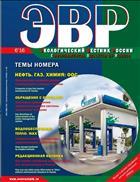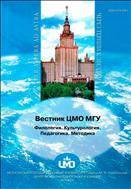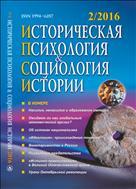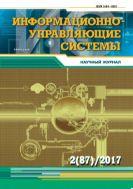Scale effect on the reservoir permeability and porosity over a wide range of void structure (example of the Tedinskoye oil field)Scale effect on the reservoir permeability and porosity over a wide range of void structure (example of the Tedinskoye oil field) 
A study of the scale effect on the reservoir permeability and porosity over a wide range of the void structure appears to be a significant research task. In this work, we aimed to investigate the scale effect over a wide range of alternating reservoir properties, depending on changes in the void structure, as well as to assess the feasibility of using a whole core with a retained drilling diameter in determining the permeability and porosity of complex reservoirs. For the first time, core samples are proposed to be selected on the basis of space zoning, which takes into consideration the void structure and the scale effect. Filtration studies using such samples are expected to correctly reflect the physical and hydrodynamic characteristics of the reservoir, thus being valuable for calculating reserves and designing project documentation. Based on the performed linear discriminant analysis, the practical problem of dividing the D3fm object of the Tedinskoye oil field by the type of productive sediment reservoir is solved. In addition, an analysis of the results of physical and hydrodynamic studies confirmed the significance of the scale effect when studying the porosity and permeability properties of complex reservoirs. A significant effect of the void structure on the value of residual water-oil saturation is demonstrated. The feasibility of using whole core samples is substantiated, taking into account the quantitative measure of the scale effect differentiated over a wide range of porosity and permeability when determining the boundary values of porosity for carbonate deposits of the D3fm object of the Tedinskoye oil field. The obtained results show that the calculation of geological and recoverable reserves should take into account both the scale effect and the structural features of the void. |

































